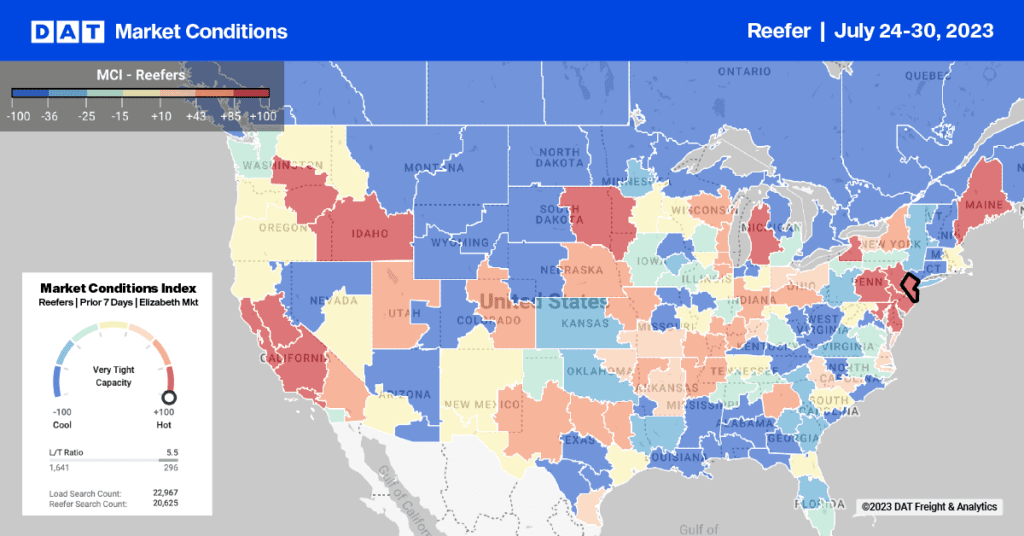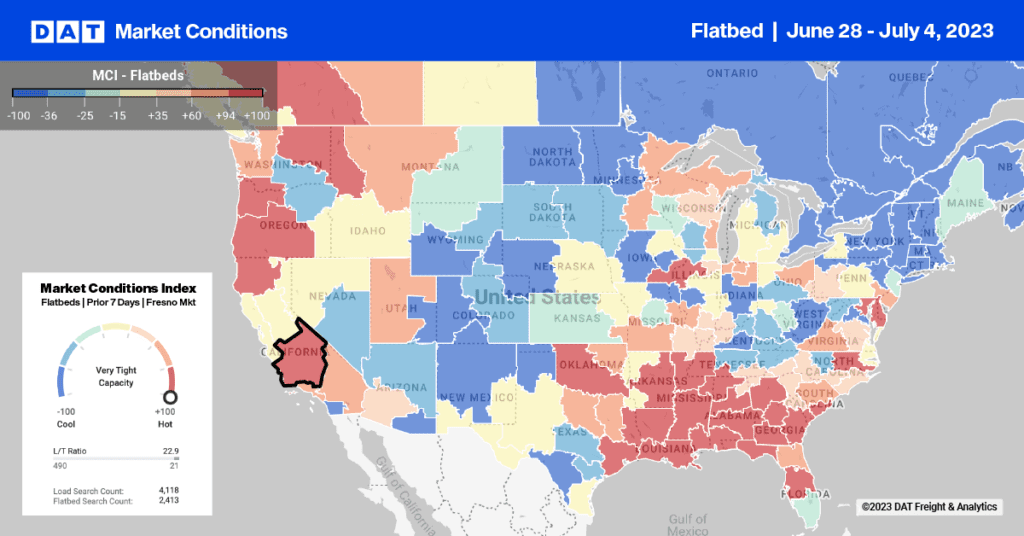When the CSA Scores were released in December, my colleagues and I undertook a project to analyze the scores. We looked at things like who got measured, average scores, differences in scores by size of carrier and location. Our goal was to present the industry with some data on what the for-hire interstate freight companies look like as a whole under CSA. This is a unique perspective that differs from people who might be reporting on CSA scores as a whole, not just the interstate freight carriers. As the report shows, the for-hire interstate freight carriers differ significantly from the entire set of carriers the CSA program covers. We feel this report is useful to anyone who buys or sells carrier services, since it can help put CSA scores in perspective.
Our key findings are:
· CSA adds new data to carriers’ safety records, and nuance to validation processes
· Interstate freight carriers are almost twice as likely than other fleets to have CSA data
· Carriers may have alerts under CSA, even when they have no numeric scores
· More carriers have alerts under CSA than had “deficient” ratings in SafeStat
· CSA BASIC scores and alerts appear to vary significantly by state
We invite everyone to download the report. We also invite you to use the comments section of this blog to ask any questions you may have about the report or CSA in general. We will incorporate these questions in an upcoming webinar about our findings and what they mean for the industry.


